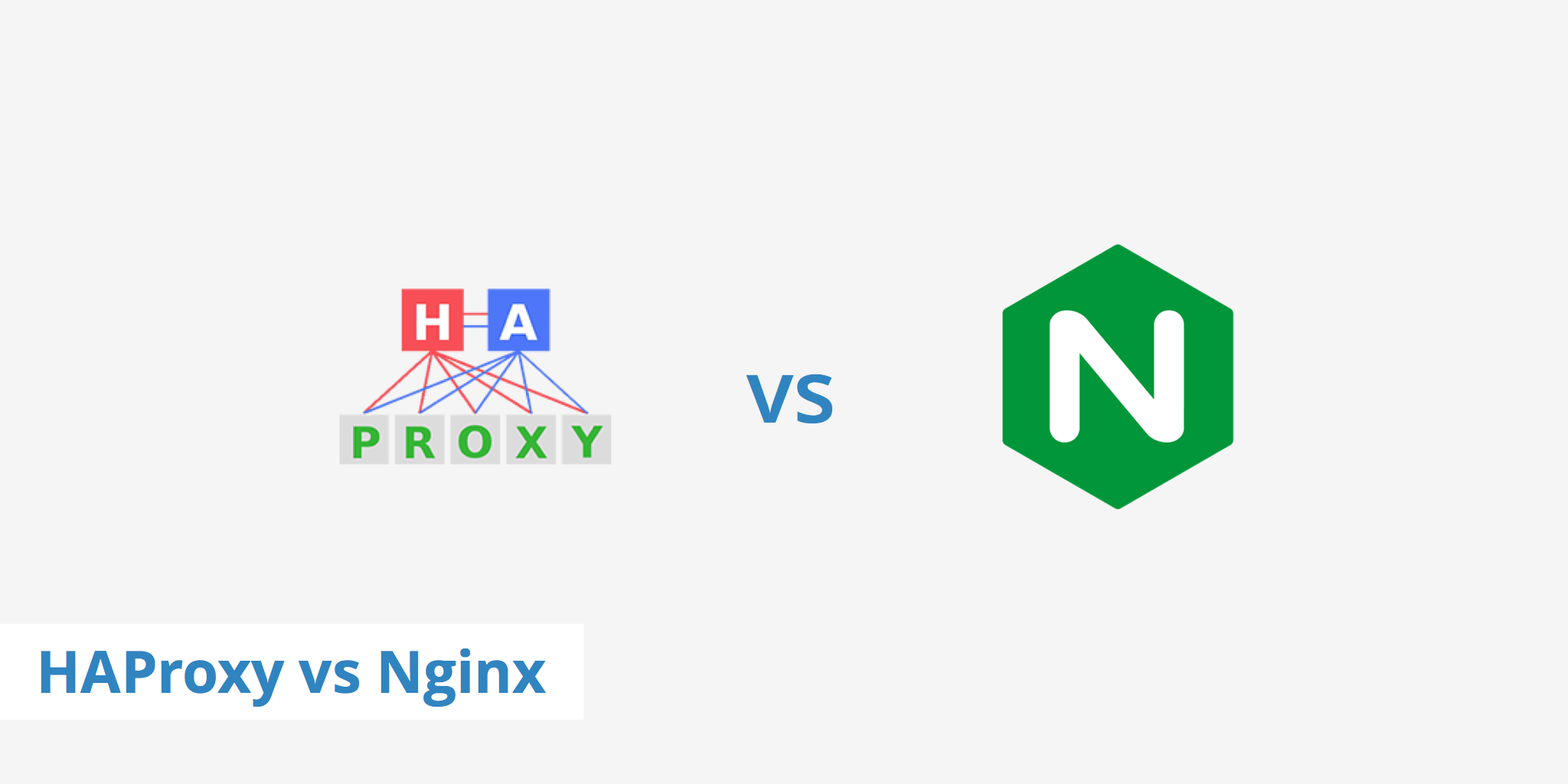HAProxy vs Nginx - The Case for Both

There are a few services that can be used to conduct load balancing - two of which are HAProxy and Nginx. Although you might be more familiar with Nginx as a web server, it can also be used as a load balancer. For those in need of a load balancer and wanting to learn more about that available options, this article will go over what you need to know about the differences that exist between HAProxy vs Nginx.
Load balancing
First off, what is load balancing? Load balancing is the distribution of data resources across multiple servers with the purpose of lightening the load of several requests across a cluster of servers. Therefore, instead of all requests going to one particular server and increasing the likelihood of overloading the server or slowing it down, load balancing distributes the load.
There are 3 popular load balancing techniques:
- Round-Robin
- IP Hash
- Least Connections
Depending on what your requirements are will determine which technique you use. Learn more about load balancing in general as well as what each technique entails in our complete load balancing guide.
Benefits and drawbacks of using Nginx
As previously mentioned, Nginx is commonly known as a web server. It provides flexible caching capabilities, can be used as a reverse proxy, and, of course, a load balancer. Below is an outline of both the benefits and drawbacks of using Nginx vs HAProxy.
Benefits:
- Since Nginx is capable of doing much more than load balancing it is a much more versatile solution
- Useful if you require a load balancer as well as a web server with advanced caching ability, and more
- There is a community-developed module for greater statistic gathering than what is offered by default
Drawbacks:
The following drawbacks are all related to Nginx's load balancing as it comes straight "out of the box". The module mentioned above does greatly help improve upon what currently exists.
- Only provides 7 stat metrics which represent all sites on the server. There is no individual, per-site metrics available
- The status page is not user-friendly nor does it provide many details
- Very limited third party monitoring integration possibilities
Although Nginx's open source version of the load balancer is quite limited in terms of the statistics it provides (if you don't use the community-developed module), Nginx does offer what they call Nginx Plus which is a paid solution. This solution provides more flexibility, however, gets to be quite pricey, very quickly.
Benefits and drawbacks of using HAProxy
HAProxy is another open source load balancing solution. As it is a single-purpose solution in that it only offers load-balancing capabilities, it is much more focused on that one aspect compared to Nginx. Below are a few benefits and drawbacks to using HAProxy.
Benefits:
- Provides a comprehensive list of 61 different metrics. See section 9 for a full list of available statistics
- The status page is much more detailed and user-friendly as compared to Nginx's
- Easily able to integrate with third party monitoring services (e.g. Datadog)
Drawbacks:
- Does not provide other features that Nginx offers such as web server capabilities
HAProxy is quite thorough in terms of metrics it provides. Of course, since it is only a load balancing software you can't use it for other purposes as you can with Nginx.
HAProxy vs Nginx - Which should you choose?
In conclusion, there is no real right or wrong answer as for whether you should choose HAProxy vs Nginx. If you're very familiar with Nginx or "locked-in" to using it, you might find that using its load balancing feature is simpler and less of an overhead to setup. The major benefit of Nginx is that it can be used for many other things including serving static files or running dynamic apps.
On the other hand, if you don't need a web server and would rather a load balancer that provides much more information by default then HAProxy might be the right choice. It's open source, used by many large companies and has been known to be a reliable and high performance solution.
As a third option, you can also use both Nginx and HAProxy together to take advantage of each solution's strong points. You can check out this tutorial on how to configure both solutions to work in unison.